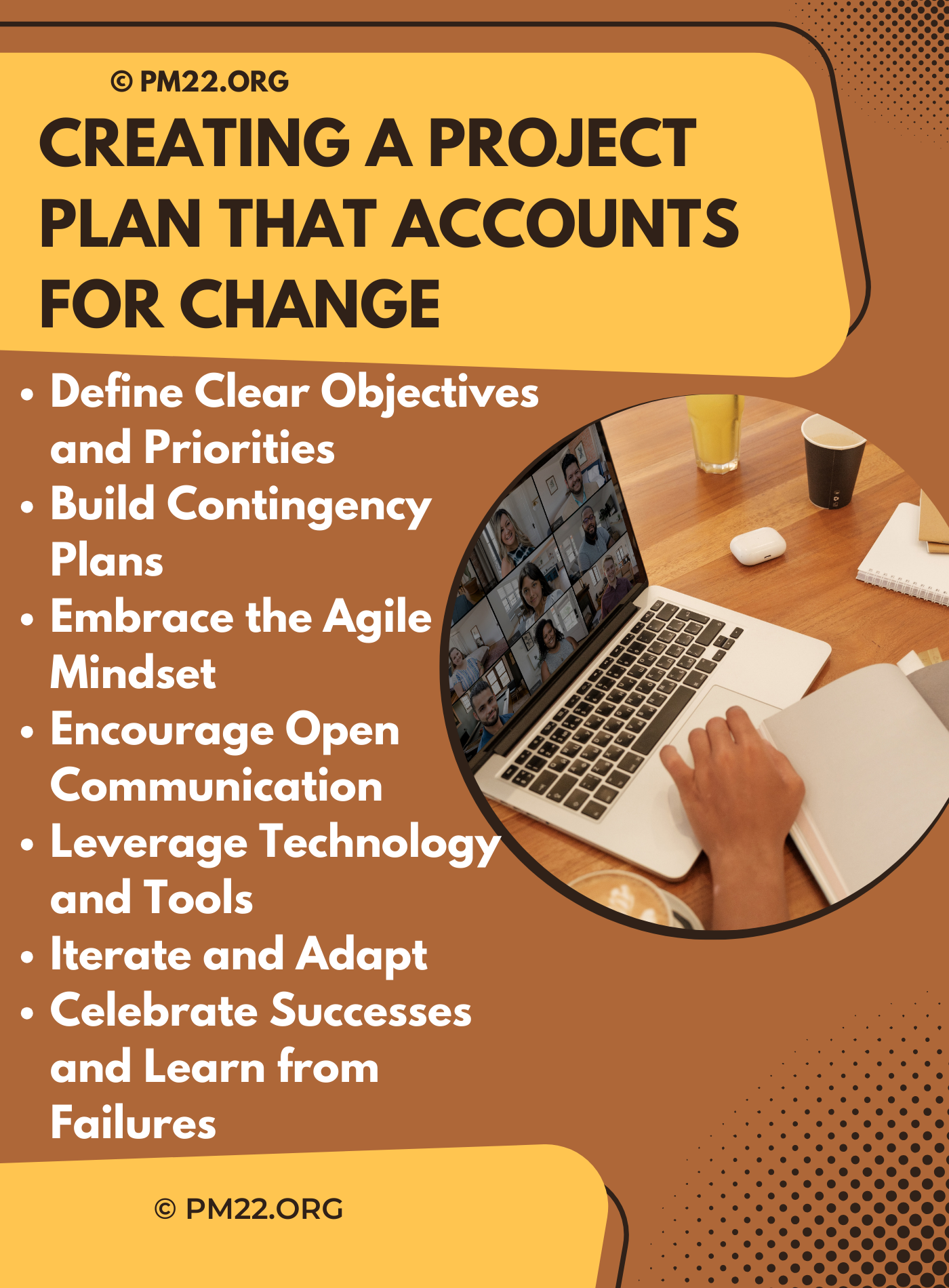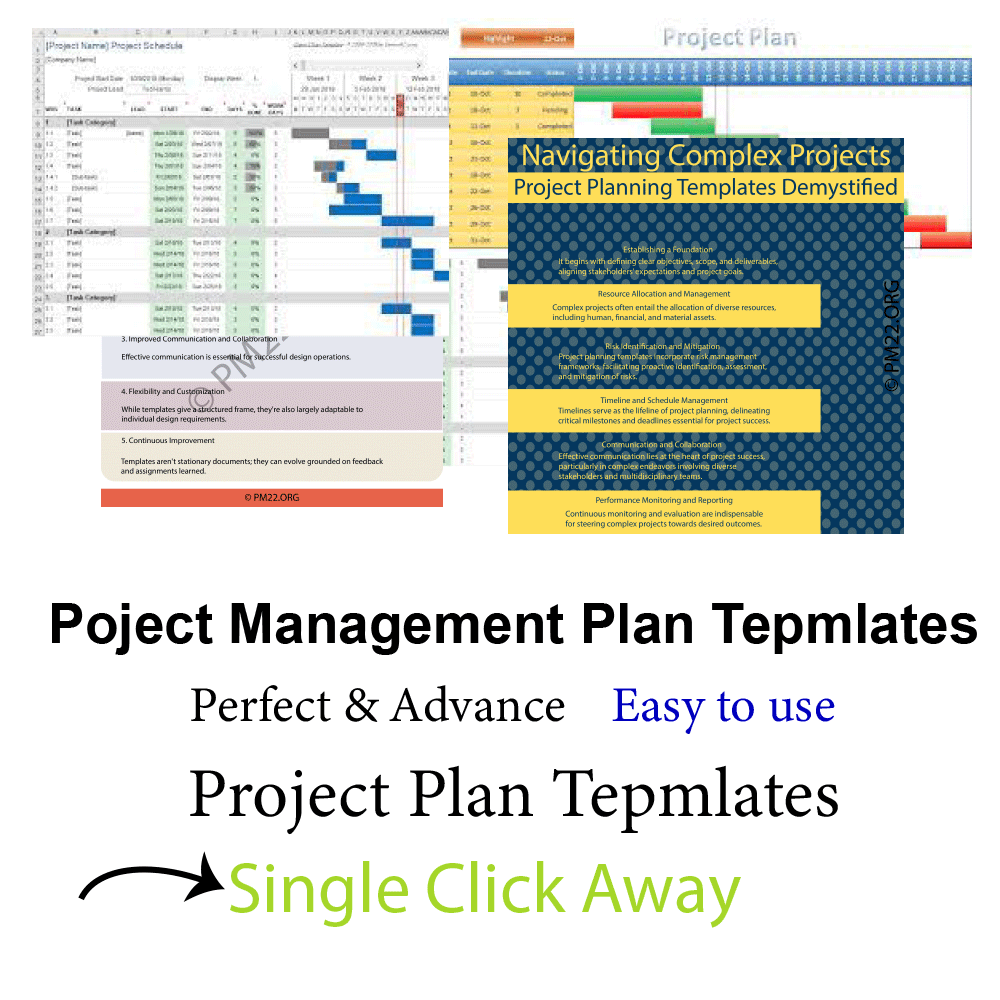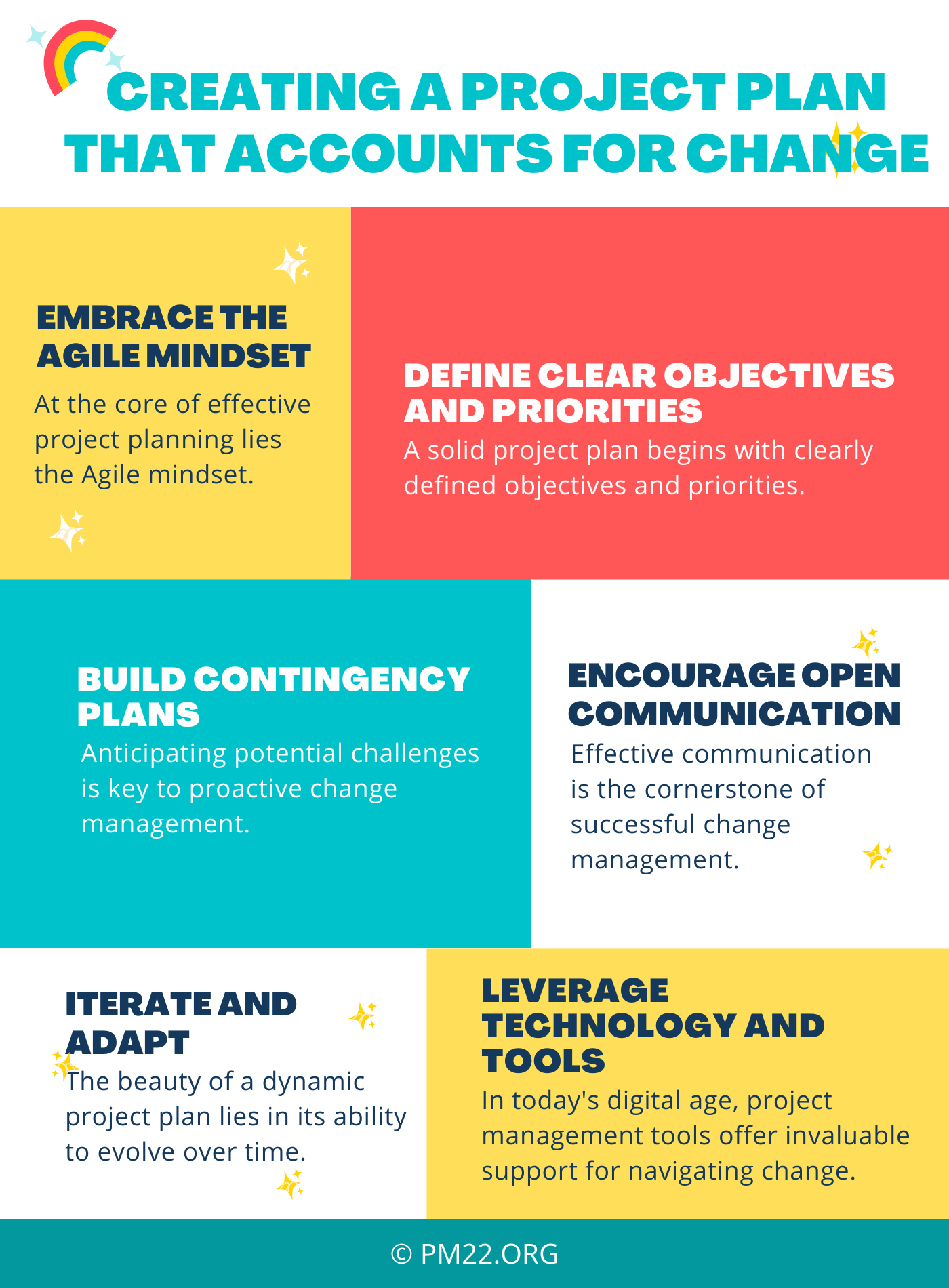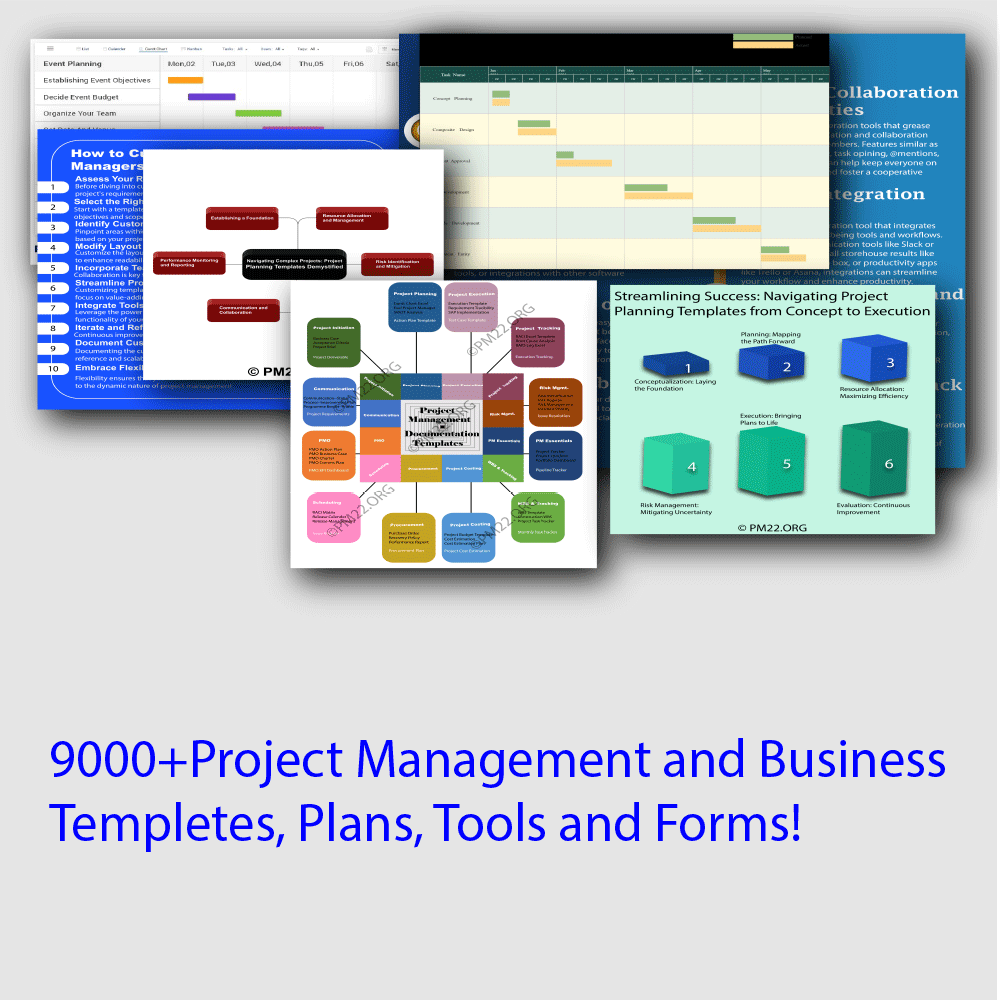 In the realm of project management, change is not a matter of if, but when. From shifting priorities to unexpected roadblocks, the ability to adapt is crucial for ensuring the success of any endeavor. While a meticulously crafted project plan serves as a roadmap, it must also be flexible enough to accommodate inevitable changes along the journey. Here, we delve into the art of creating a project plan that not only anticipates change but embraces it as an opportunity for growth and innovation.
In the realm of project management, change is not a matter of if, but when. From shifting priorities to unexpected roadblocks, the ability to adapt is crucial for ensuring the success of any endeavor. While a meticulously crafted project plan serves as a roadmap, it must also be flexible enough to accommodate inevitable changes along the journey. Here, we delve into the art of creating a project plan that not only anticipates change but embraces it as an opportunity for growth and innovation.
- Embrace the Agile Mindset: At the core of effective project planning lies the Agile mindset. Agile methodologies advocate for iterative development and continuous feedback, allowing teams to respond swiftly to changing requirements. By embracing agility, project managers can foster a culture of adaptability within their teams, where change is viewed not as a disruption but as a catalyst for improvement.

- Define Clear Objectives and Priorities: A solid project plan begins with clearly defined objectives and priorities. By establishing a shared understanding of the project’s goals, stakeholders can better navigate changes without losing sight of the end destination. Prioritizing tasks and deliverables enables teams to focus their efforts on what truly matters, even in the face of shifting circumstances.
CLICK HERE TO DOWNLOAD 300+ PROJECT MANAGEMENT TEMPLATES & DOCUMENTS IN EXCEL
- Build Contingency Plans: Anticipating potential challenges is key to proactive change management. Incorporating contingency plans into the project framework allows teams to prepare for unforeseen events and mitigate their impact. Whether it’s allocating additional resources or adjusting timelines, having a backup strategy in place empowers teams to navigate change with confidence.

- Encourage Open Communication: Effective communication is the cornerstone of successful change management. Encouraging open dialogue among team members fosters transparency and collaboration, enabling swift adaptation to evolving circumstances. Regular check-ins, status updates, and feedback sessions provide opportunities for stakeholders to voice concerns, share insights, and brainstorm solutions collectively.
- Iterate and Adapt: The beauty of a dynamic project plan lies in its ability to evolve over time. Instead of rigidly adhering to initial assumptions, embrace a mindset of continuous improvement. Regularly review and reassess the project plan, making adjustments as needed based on emerging insights and changing requirements. By iterating and adapting iteratively, teams can stay responsive to evolving needs and deliver greater value to stakeholders.

- Leverage Technology and Tools: In today’s digital age, project management tools offer invaluable support for navigating change. From agile project management software to collaborative communication platforms, leveraging technology can streamline processes and enhance team coordination. By harnessing the power of automation and real-time data analytics, project managers can make informed decisions and pivot quickly in response to changing circumstances.
CLICK HERE TO DOWNLOAD 300+ PROJECT MANAGEMENT TEMPLATES & DOCUMENTS IN EXCEL
- Celebrate Successes and Learn from Failures: Change is not always synonymous with failure; it can also be a catalyst for innovation and growth. Celebrate successes along the way, acknowledging the hard work and dedication of your team. Likewise, view setbacks as learning opportunities, extracting valuable insights to inform future decision-making. By fostering a culture of continuous learning and improvement, teams can turn challenges into triumphs and emerge stronger than before.
In conclusion, creating a project plan that accounts for change is not merely about anticipating the unexpected; it’s about embracing change as an integral part of the journey. By adopting an Agile mindset, defining clear objectives, building contingency plans, fostering open communication, iterating and adapting continuously, leveraging technology, and embracing a culture of learning, project managers can navigate change with confidence and steer their teams towards success. Remember, in the face of change, flexibility is not a weakness but strength.
